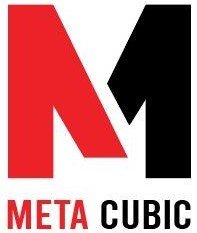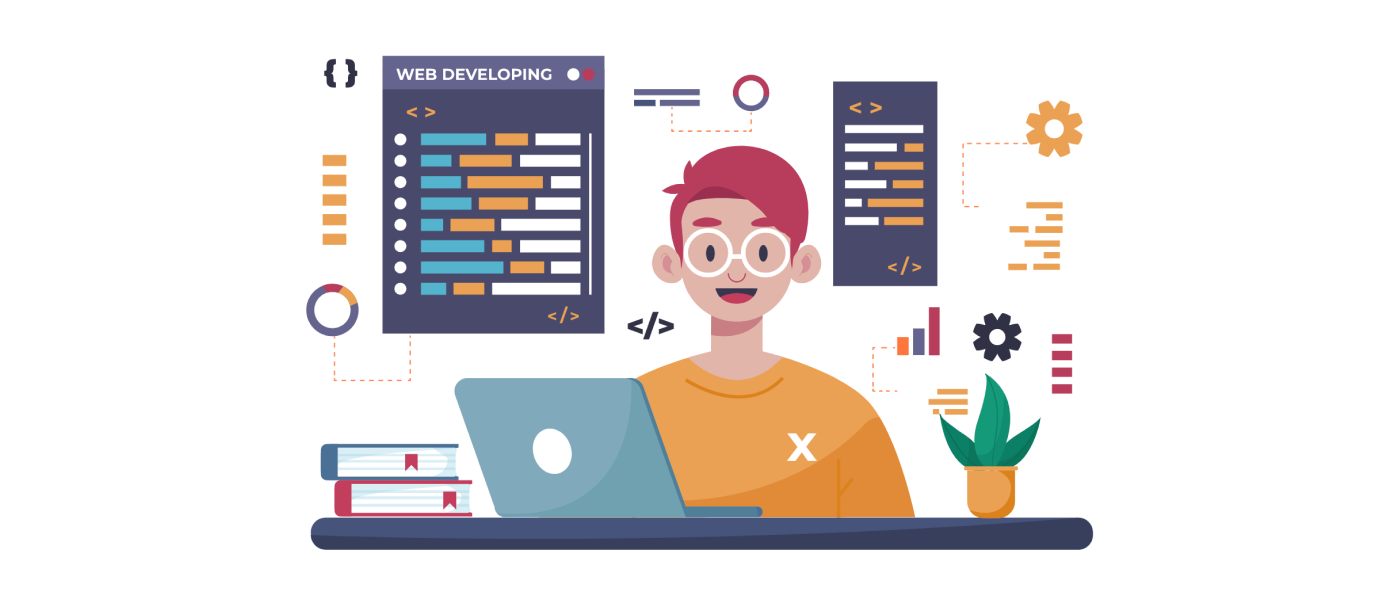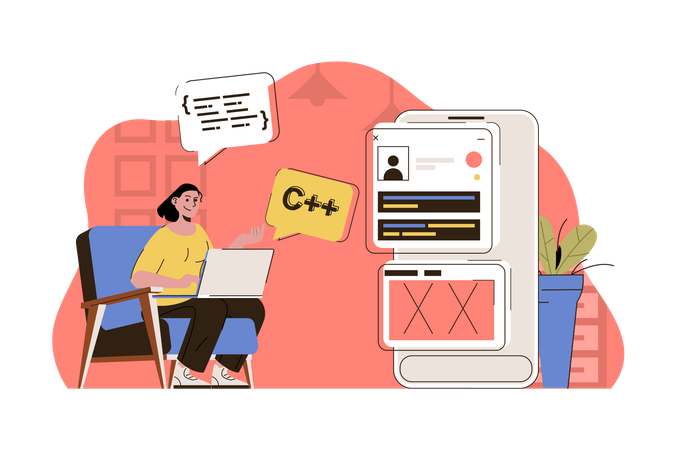Understanding Laravel Model
Laravel, the popular PHP framework, provides developers with a powerful toolset to build web applications efficiently and effectively. One of the essential components of Laravel is the Model, which plays a vital role in interacting with the application’s database. In this article, we will delve into the concept of Laravel Model, its significance, and how it simplifies database operations.
1. What is Laravel Model?
In Laravel, a Model represents a single table within a database. It acts as an intermediary between the application and the database table, allowing developers to interact with the database using a more expressive and intuitive syntax. The Model extends the Eloquent ORM (Object-Relational Mapping), which is an implementation of the active record pattern.
2. Why are Models important in Laravel?
Models play a crucial role in Laravel development for several reasons:
- Abstraction of Database Operations: Models abstract the underlying database interactions, making it easier for developers to perform CRUD (Create, Read, Update, Delete) operations without writing raw SQL queries.
- Eloquent Relationships: Models facilitate defining and managing relationships between database tables using Eloquent’s elegant syntax.
- Validation and Mass Assignment Protection: Models include built-in features for data validation and protection against mass assignment vulnerabilities.
- Easier Testing: Models can be easily tested using Laravel’s built-in testing functionalities, ensuring the reliability of your application.
3. Creating a Model in Laravel
Creating a Model in Laravel is a straightforward process. By convention, Models are stored in the “app” directory within the “Models” subdirectory. To create a model, run the following Artisan command:

4. Defining Relationships with Eloquent
One of the most powerful features of Eloquent is its ability to define relationships between models. These relationships include One-to-One, One-to-Many, Many-to-Many, and Polymorphic associations. By utilizing Eloquent’s expressive syntax, developers can easily retrieve related data from the database.
5. Retrieving Data from the Database
To fetch data from the database, Eloquent provides various methods like get(), first(), find(), where(), and many more. These methods enable developers to construct queries in a chainable manner, allowing for flexible and dynamic retrieval of data.
6. Inserting and Updating Records
Inserting and updating records is made simple with Eloquent. To create a new record, create a new instance of the Model and set its attributes, then call the save() method. To update an existing record, retrieve it using the appropriate method, modify the attributes, and call save().
7. Deleting Records using Model
With Eloquent, deleting records is as easy as creating or updating them. Simply find the record you want to delete and call the delete() method. Laravel also supports “soft deletes,” where records are not permanently deleted but only marked as deleted.
8. Eager Loading Relationships
Eager loading is a performance optimization technique in Laravel that allows developers to load all necessary relationships for a set of records in a single database query. This prevents the “N+1” query problem and significantly improves application performance.
9. Scopes for Organized Queries
Scopes are a handy way to organize common queries within a Model. By defining scopes, you can encapsulate frequently used query logic and keep your codebase clean and maintainable.
10. Model Events and Observers
Laravel provides various events that are fired when interacting with Models, such as creating, updating, and deleting records. Observers can be used to handle these events and perform additional actions, enhancing the application’s flexibility.
11. Working with Soft Deletes
Soft deletes are a great feature to retain data integrity while marking records as deleted. Laravel handles soft deletes seamlessly, making it convenient to restore or permanently delete records as needed.
12. Handling Mass Assignment
Mass assignment can be a potential security risk if not managed correctly. Laravel offers a simple way to specify which attributes can be mass-assigned, protecting your application from unintended changes.
13. Model Factories for Testing
Laravel’s Model factories allow developers to generate fake data for testing purposes. By defining factories for your Models, you can easily create test data, making your testing process more efficient and reliable.
14. Tips for Optimizing Models
Optimizing your Models is essential for improving your application’s performance. Some tips include eager loading relationships, using query scopes, and avoiding unnecessary data retrieval.
Summary
In conclusion, understanding Laravel Model is crucial for building efficient and robust web applications with Laravel. Models provide an elegant and intuitive way to interact with the database, making data manipulation a breeze. By leveraging Eloquent’s powerful features, developers can write expressive and maintainable code, leading to a more productive development experience.






